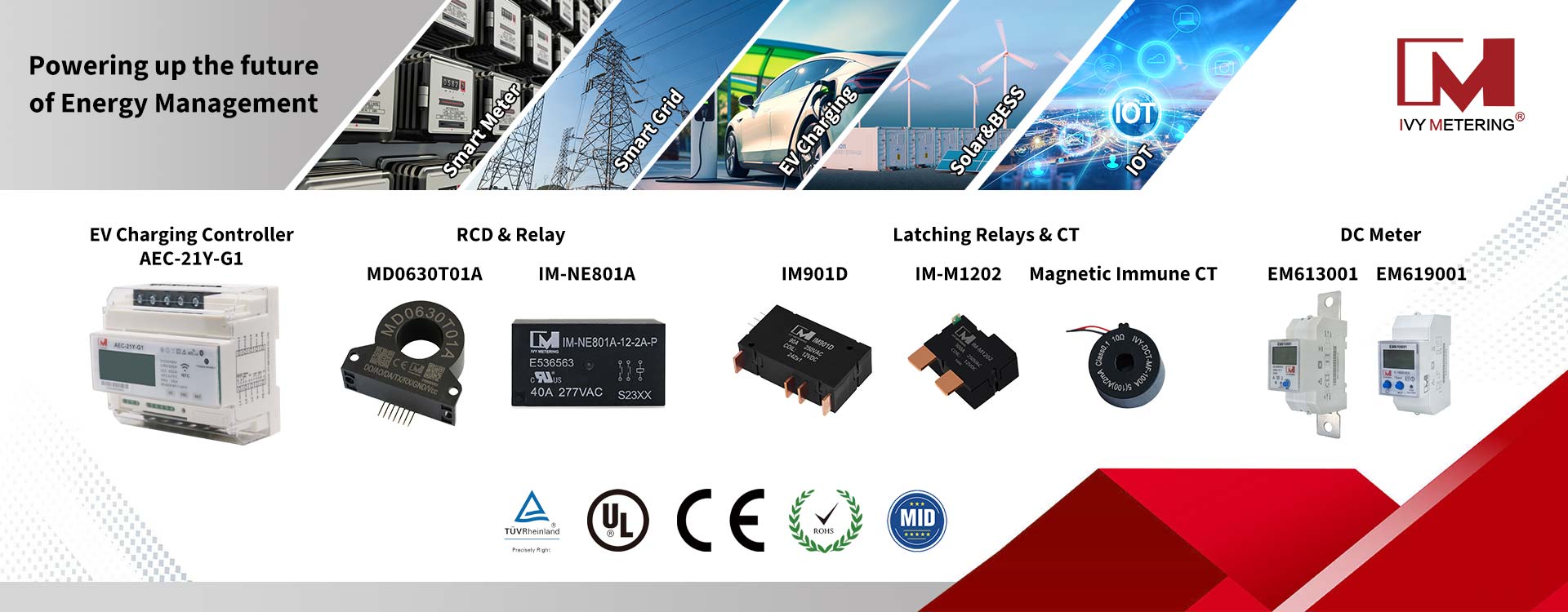MD0630T41A ac dc leakage detection current sensor for EV Charger
An electric vehicle charging station is a network infrastructure to provide electric energy for automotive batteries. The charging stations, standardized according to IEC 61851, are equipped with a range of connectors compliant with automotive standards. In general, there are three main types of EV charging, categorized according to the output power and the resultant charging times required for charging an EV or PHEV battery.
Mode 1 is a low-current AC charging method primarily for light vehicles, such as mopeds. For security reasons, the use of Mode 1 is prohibited in some regions, including the United States and Europe. Mode 2 is an AC method used as a temporary solution.
Mode 2 is used when a vehicle equipped for charging in Mode 3 must be recharged using a suitable low-power adapter. It relies on the universally available Schuko connector. A cable equipped with an in-cable control box (ICCB) or in-cable control and protection device (IC-CPD) is used to perform differential protection functions.
Mode 3 is the recommended AC method for daily recharging and includes important intelligent control functions. A Mode 3 Type 2 connector is the standard connector in Europe, determined by an EU directive and several standards, such as IEC 61851, for private or public use.
Mode 4 is currently the DC fastest-charging method. The goal is to charge about 80% of the battery within 15 minutes.
EV charging requires residual current sensors to satisfy new standards, including IEC 62752 and IEC 60364-7-722, and to avoid hazardous situations when the vehicle battery (DC) is connected to a home power supply (AC). The sensors are essential for detecting leakage currents that can flow into the battery via the IC-CPD and then to a Type A residual current device (RCD), thus switching off the safety function of the RCD.
Integrating a MD0630T41A AC DC leakage detection current sensor into an IC-CPD or wall box provides the EV charging electronics with all-current sensitivity and electrical safety at a low cost. If the sensor detects a fault current, the corresponding output will change its state. Design variants with integrated primary conductors for one- or three-phase systems are available, together with a pass-through variant. The measuring range for the differential currents is between 2 and 100 mA. From DC to kilohertz, with a measurement resolution of 0.2 mA, it is fully compatible with the relevant European and American standards.












